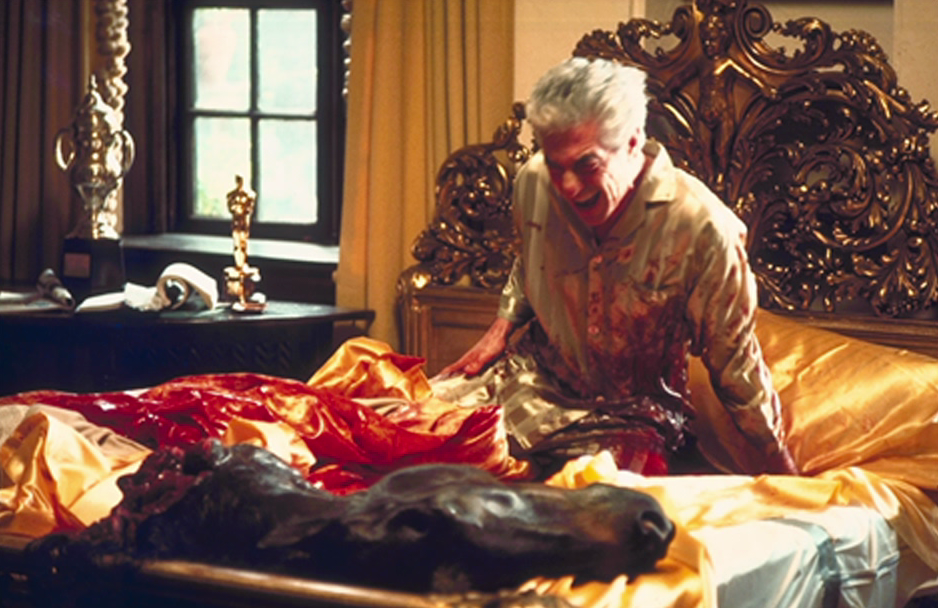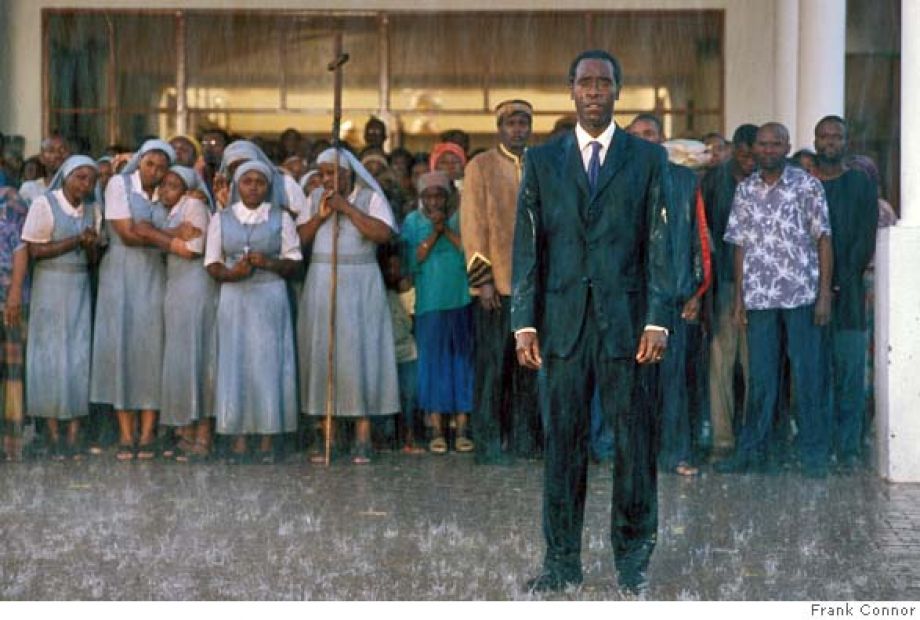
It happens every semester. I get to a point where I really just want to show a movie in class. And my students get to a point where they really just want to watch a movie.
We hit that moment in my course on international negotiation last evening. When I walked into the classroom, one of the students straight up asked if we could watch a movie. Ironically, I was thinking the same thing.
Truth be told, as I was packing my lecture notes and books and getting set to head out from my office, I paused in front of my shelf of DVDs looking for a film that would highlight the evening’s topic: adversarial bargaining with an emphasis on coercive diplomacy and strategies of punishment.
 I came up empty. And as I thought more about it, nothing really came to mind. That was a surprise because I use films a lot in the classroom. I mean I taught an entire course last year for the Honors College using feature films to explore theories and highlight key issues in international relations.
I came up empty. And as I thought more about it, nothing really came to mind. That was a surprise because I use films a lot in the classroom. I mean I taught an entire course last year for the Honors College using feature films to explore theories and highlight key issues in international relations.
And it’s not that films don’t have the potential to illustrate the kinds of concepts and theories that I’m trying to teach my negotiation students. It’s just that the lessons tend to come in bits and pieces. Take, for instance, The Godfather saga.
In the first film, the encounter between Tom Hagen, Corleone Family consigliere, and movie studio executive Jack Woltz is a terrific example of several key points I try to emphasize for my students.
Tom’s opening bid is straightforward and to the point, clearly laying out his preferences and identifying what he is willing to offer in return for a mutually beneficial negotiated settlement. This is a straightforward application of the strategy of reward described in Richard Ned Lebow’s book, The Art of Persuasion.
Woltz, however, makes several classic errors. Chief among them is allowing his emotions to overrule his rational assessment of the potential benefits of agreement, something that Zartman and Berman caution against in their book The Practical Negotiator. Fisher and Ury, in Getting to Yes, would characterize this as failing to separate the people from the problem.
Woltz also makes the error of showing his counterpart where his points of vulnerability lie, giving Hagen an informational advantage that he is able to exploit to punish Woltz for his failure to cooperate. In short, it’s no wonder Woltz ends up with a horse head in his bed.
If we move past the first film, The Godfather Part 2 provides additional material. In the scene below, we get another example of the failure to separate the people from the problem, but more importantly, what happens when you misunderstand exactly where asymmetries of power lie in a negotiation situation.
As we learn later, the senator’s fatal mistake is believing that he holds both an informational and power advantage over Michael, and can translate those asymmetries into leverage that allows him to dictate terms to the Corleone Family. Michael’s counteroffer demonstrates that he understands otherwise.
But frankly, isolated clips can only take you so far. If I’m trying to kill a full 3-hour class period, I need a film that can give me more than a couple of isolated snippets of relevant material.
So I’m turning to the collective wisdom of those of you who read this post. Give me your suggestions for the films you would use if you were teaching a course on negotiation and bargaining, and tell me why they work.
I’ll give you credit on my syllabus the next time the course comes around.
*By the way, notice the new badge? You’ve totally stumbled on an award-winning blog. Go figure.


